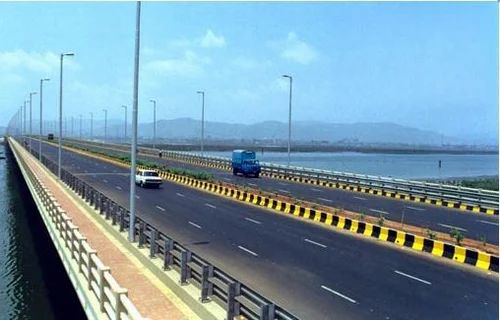Contact Us
RoadVision AI
Private Limited
Office No. 308 & 310, B Block
Ansal Chamber - 1, Bhikaji Cama Place,
Near Engineers India Limited (EIL) Bhawan, New Delhi - 110066
© 2024 | RoadVision AI | All rights reserved
Bridges are vital infrastructure components that connect regions, facilitate transportation, and support economic growth. Ensuring their safety and functionality requires systematic inspection and maintenance. The IRC Code 70-2017, issued by the Indian Roads Congress, provides detailed guidelines for the inspection, maintenance, and repair of bridges across India. These guidelines aim to prevent structural failures and prolong the lifespan of bridges by emphasizing regular monitoring and timely interventions.
In this blog, we explore the provisions, importance, and challenges associated with IRC Code 70-2017.

IRC Code 70-2017 is a comprehensive guide for the inspection and maintenance of bridges, ensuring their structural integrity and operational efficiency. This code outlines systematic procedures for assessing the condition of bridges and implementing maintenance strategies to address issues promptly.
The code categorizes inspections into three types:
The code specifies the steps involved in bridge inspection:
The code emphasizes proactive maintenance to prevent deterioration:
To improve the accuracy and efficiency of inspections, the code encourages the use of advanced technologies such as:
The code highlights the importance of having qualified personnel for bridge inspections. It recommends training programs and certifications for engineers and technicians involved in inspection and maintenance activities.
Regular inspections and maintenance help detect and address potential risks, preventing catastrophic bridge failures.
Timely interventions based on the code’s guidelines ensure that bridges remain operational and safe for longer periods.
Proactive maintenance reduces the need for costly repairs or complete replacements by addressing issues at an early stage.
The code ensures uniformity in bridge inspection and maintenance practices across the country, facilitating better regulatory compliance.
Despite the comprehensive guidelines, several challenges hinder the effective implementation of IRC Code 70-2017:
The IRC Code 70-2017 serves as a critical framework for ensuring the safety, durability, and functionality of bridges in India. By emphasizing systematic inspections, proactive maintenance, and the adoption of advanced technologies, this code provides a robust strategy for bridge management. However, overcoming implementation challenges requires coordinated efforts from government authorities, engineers, and stakeholders. Adhering to these guidelines will not only enhance road safety but also ensure the longevity of India’s bridge infrastructure, supporting sustainable development and connectivity.
RoadVision AI is revolutionizing road infrastructure development and maintenance by leveraging cutting-edge AI in road safety and computer vision technology. Through advanced digital twin technology, the platform performs comprehensive road safety audits, enabling early detection of potholes, cracks, and other surface issues, ensuring timely repairs and improved road conditions. It also enhances traffic surveys by providing data-driven insights to address challenges like traffic congestion and optimize road usage. With a focus on building smart roads, RoadVision AI ensures full compliance with IRC Codes, empowering engineers and stakeholders to reduce costs, minimize risks, and improve the overall road safety and transportation experience.